Analysis of drug quality by liquid chromatography
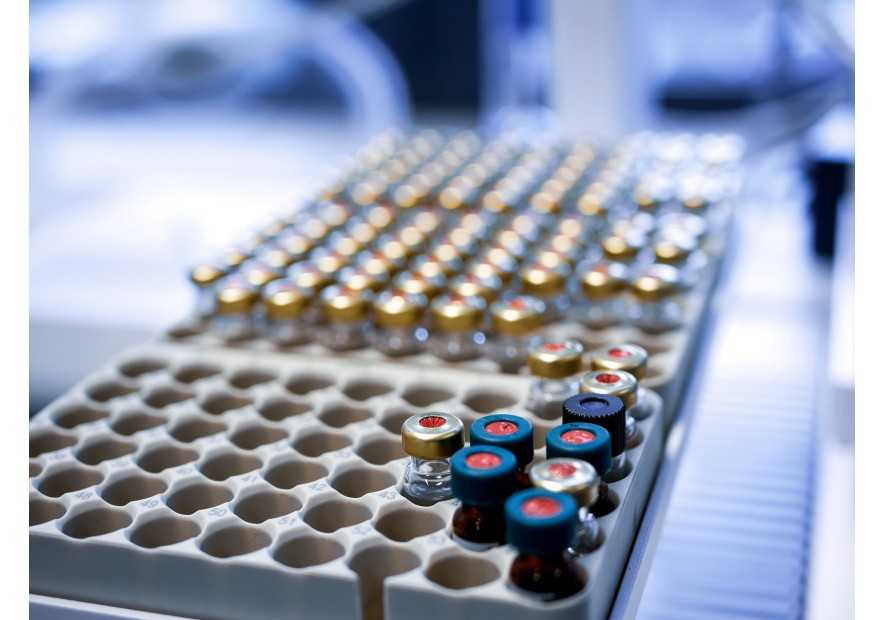
The quality of medicines is a major public health issue. One of the most reliable techniques for monitoring their composition and compliance with regulatory standards is high-performance liquid chromatography (HPLC).
This analytical method not only identifies active ingredients with certainty, but also quantifies their content in a drug with great precision, and detects any impurities.
Principle of high-performance liquid chromatography
High-performance liquid chromatography is a technique for separating chemical compounds present in a mixture. It relies on the differential interaction of molecules with a stationary phase (usually a column filled with an adsorbent material) and a mobile phase (a moving solvent).
Depending on their chemical properties, the molecules move at different speeds, enabling them to be separated and analyzed.
Applications of high-performance liquid chromatography in drug analysis
HPLC is widely used for :
- Check drug compliance by comparing composition with regulatory standards.
- Detect impurities that could affect the efficacy or safety of treatments.
- Analyze active ingredients to ensure that they are present in sufficient quantities and within the limits allowed by regulations.
What are the steps involved in drug analysis using high-performance liquid chromatography?
-
Sample preparation
- Weigh the tablet or powder.
- Dissolve in a suitable organic solvent.
- Filtration and dilution to adapt concentration to analysis.
-
Injection and chromatographic separation
- The sample is injected into the chromatography system.
- The mobile phase transports the molecules through the column.
- Molecules are separated according to their affinity for the stationary phase.
-
Identification and quantification
- Use of reference standards to identify the active ingredient.
- Measurement of chromatographic peak area to quantify concentration.
What are the regulatory criteria for the quantity of active ingredient?
International standards impose strict tolerances on the concentration of active ingredients in drugs:
- European Union: content must be between 95% and 105% of the expected value.
- Switzerland: a narrower margin is applied, with an accepted variation of between 97% and 103%.
High-performance liquid chromatography is an essential technique for guaranteeing the quality and safety of medicines. By enabling the composition of pharmaceutical products to be verified, it is an indispensable tool for quality control laboratories and regulatory agencies. Its rigorous use helps to protect patients and prevent the risks associated with falsified or non-compliant medicines.
Check My Med - Participatory Science Check My Med - Participatory Science
Join Pharmanalyse in the fight against counterfeit and illegal drugs! Order our drug analysis and contribute to knowledge about the quality of medicines on the market. Our laboratory analyzes your drug, studies the data and publishes the results in a summary report accessible to the public....
Price €29.00
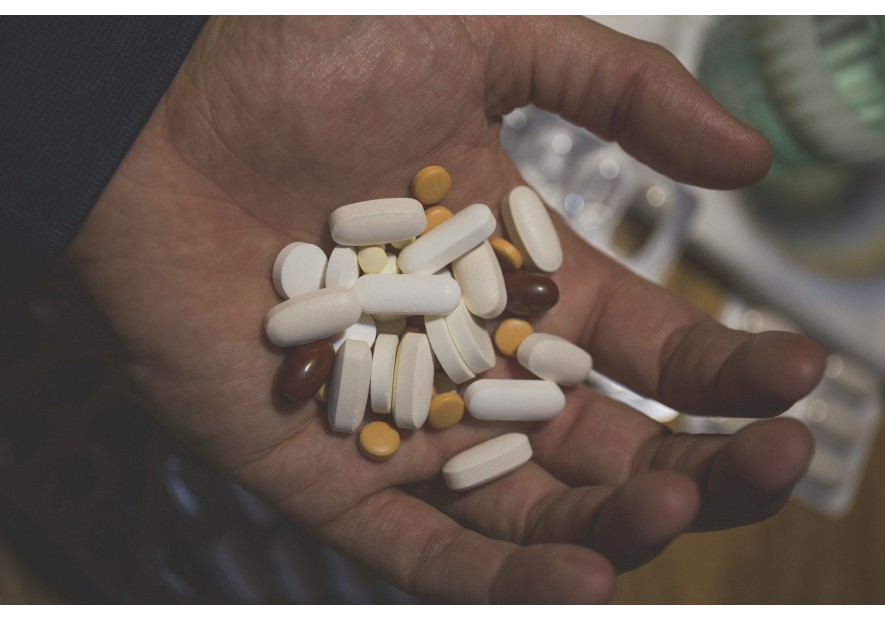
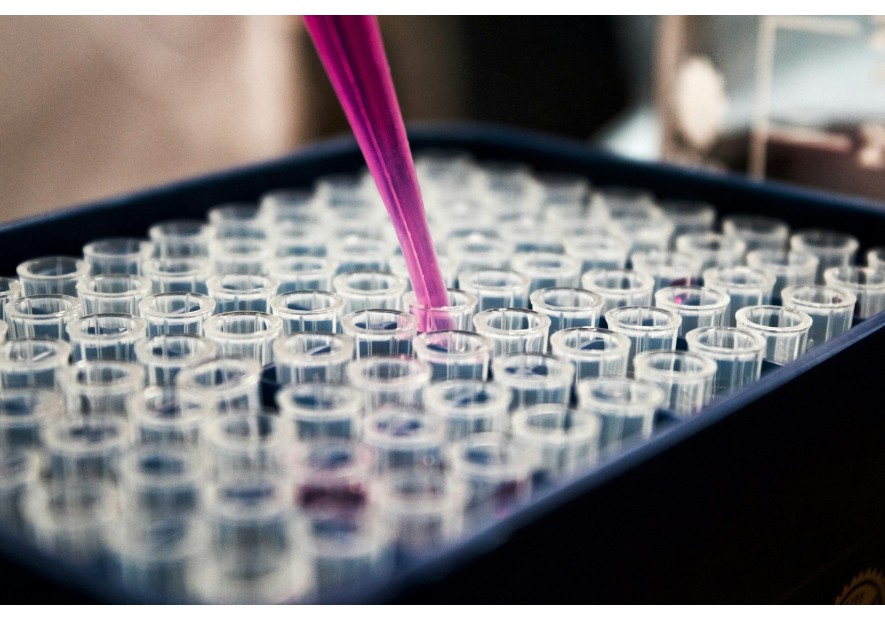
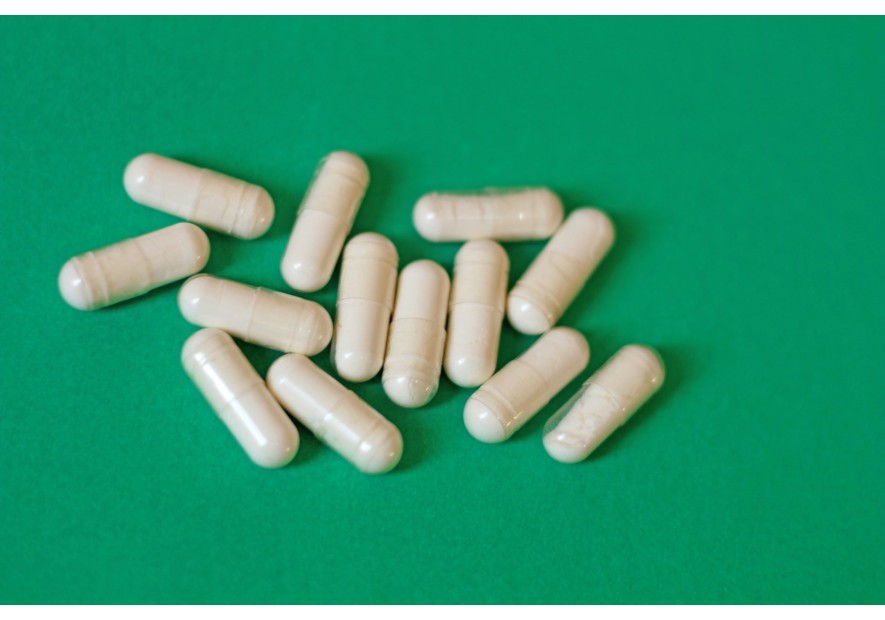
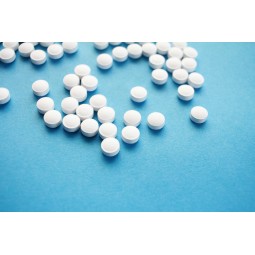
Leave a comment